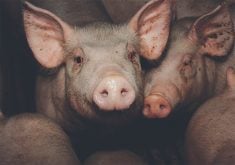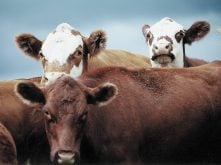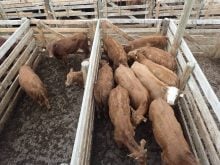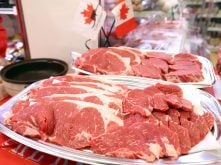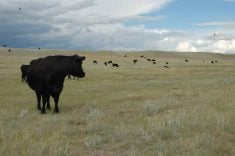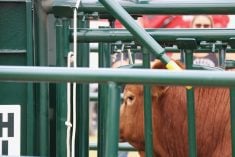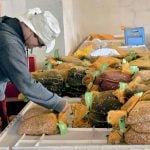Dairy farmers in British Columbia must remove or cover treated wood from silage bunks and areas near cattle or risk losing their shipping licence after dioxin was found in milk samples from two farms.
The Canadian Food Inspection Agency discovered the dioxin in milk samples as part of its national chemical monitoring program last year.
“Our investigation showed the chemical signature was consistent with that of chemically treated wood,” said Paul Mayers, CFIA’s executive director of animal products in Ottawa.
During the 1970s and ’80s, creosote was a common wood preservative especially in high moisture areas. It has since been replaced with plastic or concrete.
Read Also
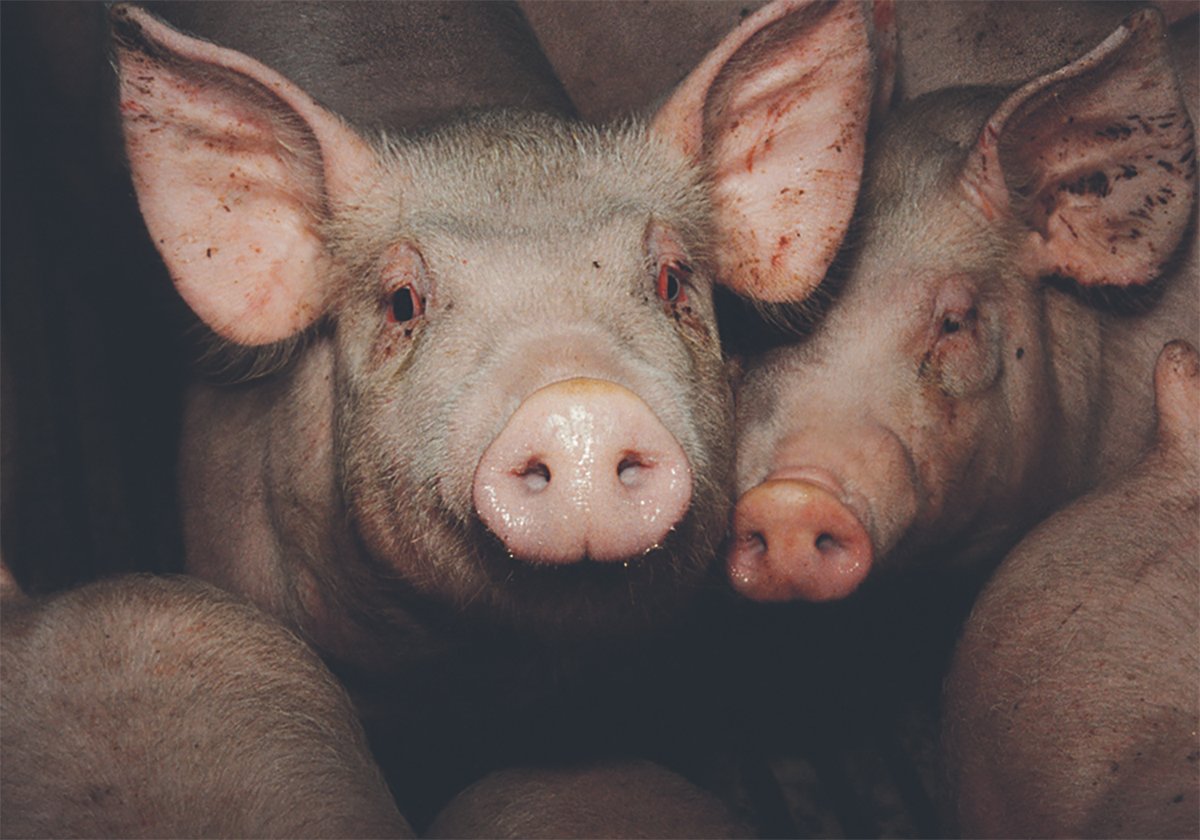
The Western Producer Livestock Report – October 30, 2025
Western Producer Livestock Report for October 30, 2025. See U.S. & Canadian hog prices, Canadian bison & lamb market data and sales insights.
Paris Thomas, manager of producer relations with the B.C. Milk Producers Association, said even though the dioxin levels were only slightly elevated above background levels, they have directed all milk producers to replace or cover any treated wood near the cattle or the feed.
Registered letters were mailed to all producers directing them to cover any treated wood with five millimetres of plastic and then cover it with non-treated wood to create a barrier, said Thomas.
“We took it very seriously. We had to take immediate action.”
Dairy farmers must also fill out and return a survey noting any treated wood near the livestock or their feed to give the dairy industry an idea of how much treated wood is still used in the dairy industry. While creosote created the issue, all treated wood must now be covered.
“Nobody would know exactly how many producers are using that old type of wood,” said Thomas.
Mayer said the goal is to ensure the exposure doesn’t happen again.
About 220,000 food samples are tested each year as part of CFIA’s chemical monitoring program.


